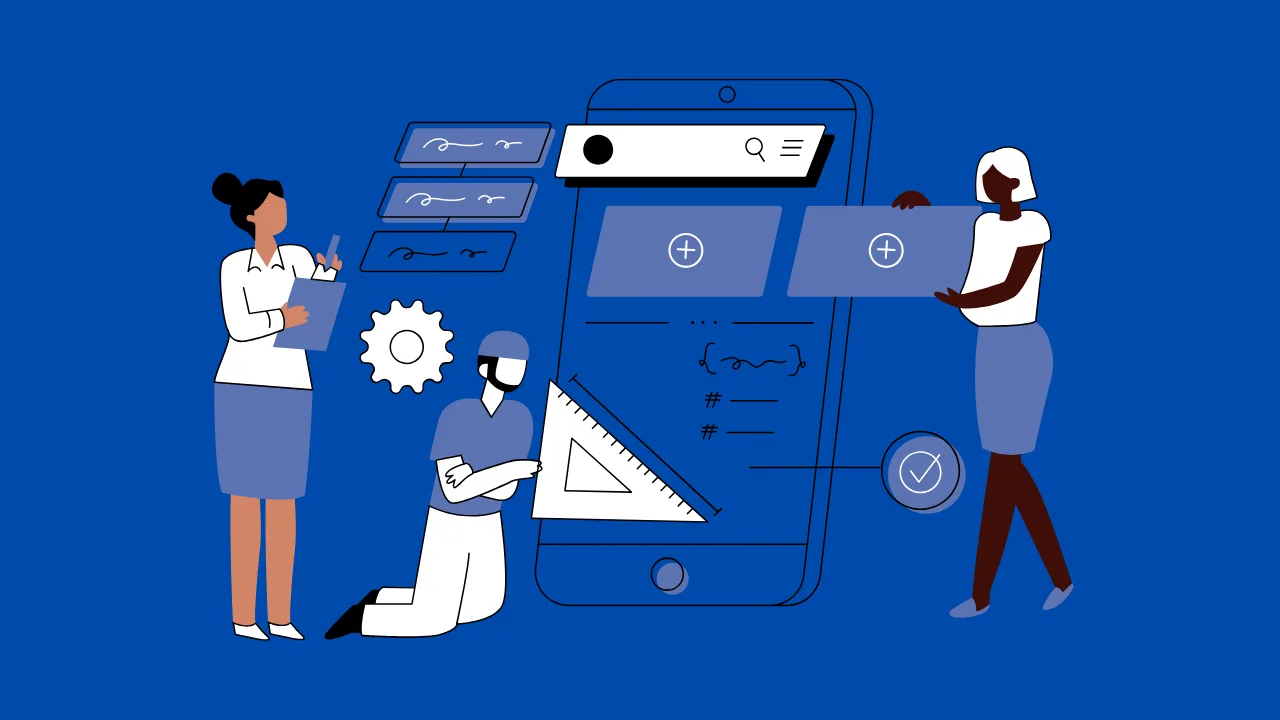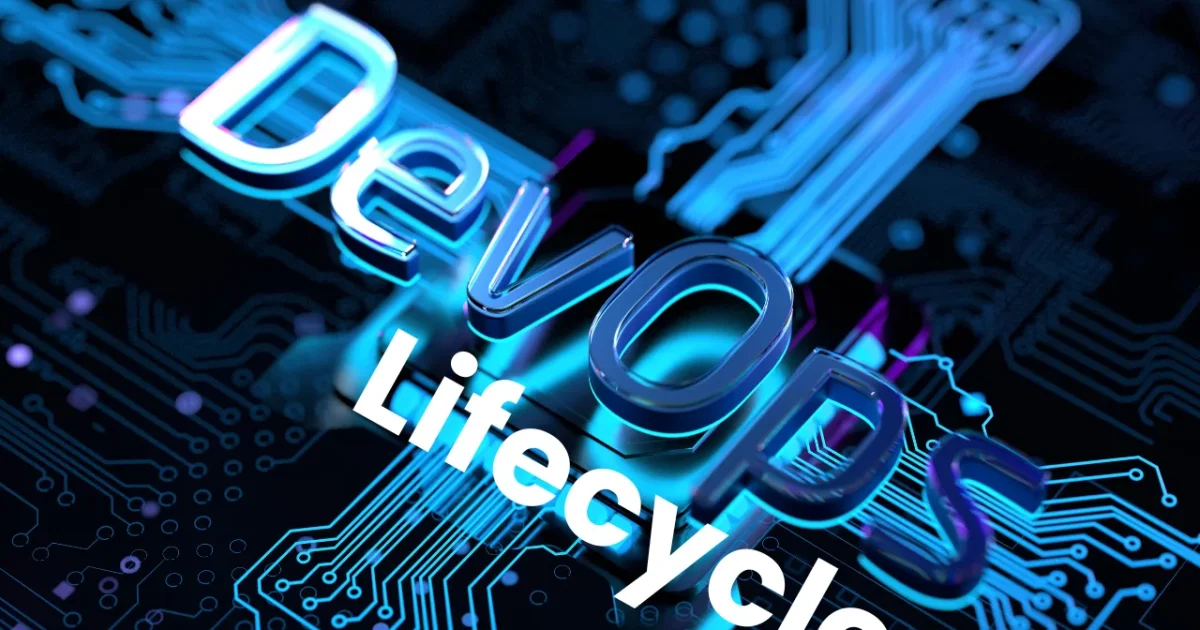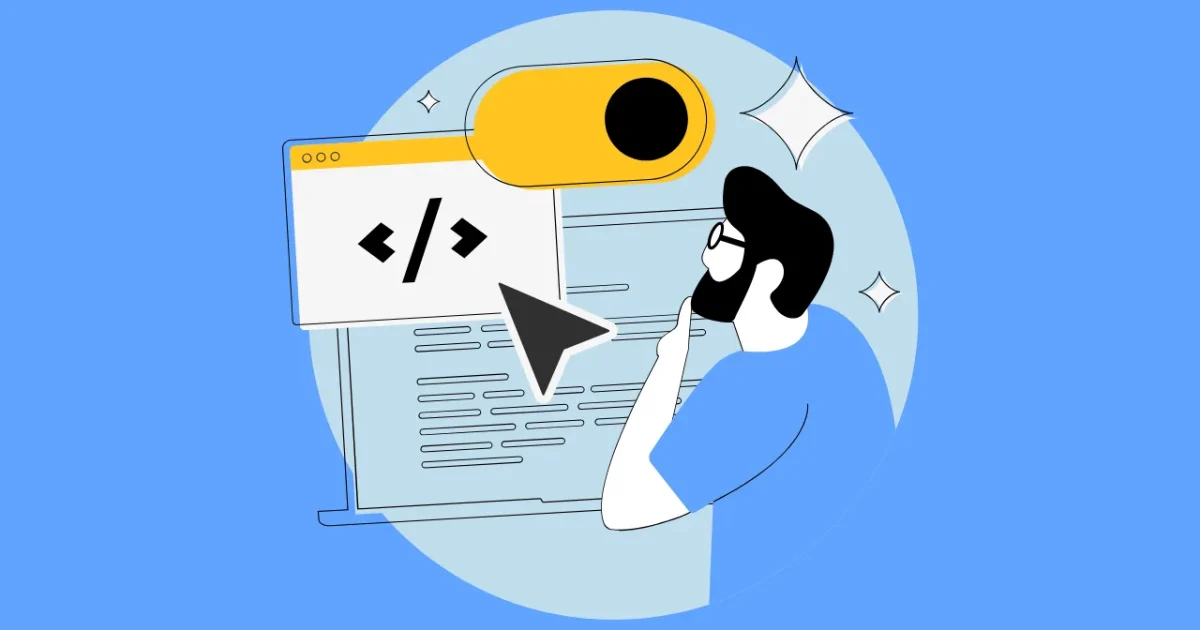Hey there, fellow DevOps wizard. You’ve spent years wrestling with servers, pipelines, and those midnight alerts that never sleep. But now AI shows up, promising to handle it all. It feels scary—like handing your toolbox to a robot. What if it messes up your carefully built world? Don’t worry. We’re diving into AI vs traditional DevOps to ease that doubt. You’ll see AI isn’t here to steal your job. It’s your new sidekick.
What Is AI vs Traditional DevOps?
Think of traditional DevOps like a trusty old bike. You pedal hard, fix chains by hand, and know every squeak. It gets you there, but it’s tiring on long rides.
AI vs traditional DevOps flips that script. Traditional means humans handle everything—coding, testing, deploying—step by step. AI adds smarts. It spots patterns, predicts crashes, and automates the boring bits. Like upgrading to an e-bike that senses hills and gives a boost.
In 2025, this shift is huge. Tools like AIOps platforms crunch data faster than any human could. But it’s not all magic. AI shines in speed but needs your brain for the tricky calls.
“AIOps enhances efficiency by reducing manual intervention, automating incident resolution, and predicting failures before they happen.” — Algoworks Team, AIOps vs. DevOps Efficiency Comparison (2025)
AIOps Comparison: Manual Development Processes Meet Their Match
Manual development processes ruled for years. You log alerts, chase logs, and tweak configs one by one. It’s reliable but slow—like debugging a knot with your fingers.
Enter AIOps comparison. AI scans mountains of logs in seconds, flagging issues humans might miss. Picture this: A production bug hits at 2 a.m. Traditionally, you sift through code for hours. With AI, it pinpoints the culprit using machine learning patterns.
Real-world example? At a fintech firm, AI cut bug-hunt time from 4 hours to 15 minutes. That’s the power. But remember, AI learns from your data. Feed it junk, and it guesses wrong.
So, what’s the bottom line? AI doesn’t replace your gut feel. It sharpens it.
Benefits of Automated DevOps: Turbocharge Your Daily Grind
Benefits of automated DevOps are like caffeine for your workflow. AI handles repetitive tasks, so you focus on big-picture wins.
Efficiency of AI in DevOps? Stunning. Over 80% of teams report productivity jumps from AI tools. It automates tests, balances loads, and even suggests code fixes.
Here’s a practical example. Say you’re deploying a microservice. Traditional way: Write YAML by hand, pray it works. AI way: Feed a prompt like “Optimize Kubernetes deployment for 10k users with auto-scaling.” Boom—generated config ready to tweak.
AI enhances automation, optimizes processes, and empowers teams to make data-driven decisions, accelerating software development and deployment cycles.” — Codebridge Tech, Accelerating DevOps with AI (2025)
Think of it this way: AI is the sous-chef chopping veggies. You, the head chef, create the masterpiece.
Human vs Machine in Programming: The Ultimate Showdown
Human vs machine in programming stirs debate. Machines crunch code fast but lack creativity. Humans dream up wild solutions.
In DevOps, it’s a team-up. AI excels at pattern-matching—like refactoring a messy pipeline. You handle the “why” behind changes.
Future of developer jobs? Bright, but evolved. AI takes grunt work, leaving you for innovation. A 2025 report shows AI adopters deploy 2x faster without job cuts.
“While AI technology can accelerate simple tasks, it struggles with the precision, complexity, and constant change that define DevOps.” — Teamvoy Blog, AI in DevOps: Benefits, Risks & Best Practices (2025)
Smart CI/CD vs Traditional Methods: A Side-by-Side Battle
Time to compare head-on. Here’s a table breaking down key tasks. It shows how AI stacks up against your tried-and-true ways. Goal: Spot where AI saves hours, so you pick the best path.
| Task | Traditional Method | AI Method | Time Saved (Est. 2025 Avg.) | Best For |
|---|---|---|---|---|
| Finding Root Cause of a Production Bug | Manual log review, team huddle (2-4 hrs) | AI anomaly detection scans logs, suggests fixes (15-30 min) | 80% | High-traffic apps |
| Refactoring a Complex CI/CD Pipeline | Hand-edit YAML/scripts, test loops (1-2 days) | AI generates optimized code from prompts (1-2 hrs) | 85% | Scaling teams |
| Load Balancing During Peak Traffic | Monitor metrics, adjust rules manually (30 min) | Predictive AI auto-scales resources (near-instant) | 90% | E-commerce spikes |
| Security Vulnerability Scan | Run static tools, review alerts (1 hr) | AI prioritizes threats with context (10 min) | 75% | Compliance-heavy orgs |
| Incident Response Planning | Weekly meetings, doc updates (4 hrs) | AI simulates scenarios, drafts playbooks (30 min) | 70% | 24/7 ops teams |
Data pulled from 2025 DORA reports—real gains for hybrid setups.
Efficiency Breakdown: See the Numbers in Action
Let’s visualize those wins. This bar chart shows AI’s edge on key metrics from 2025 surveys. Blue for traditional, teal for AI. Notice how AI crushes on speed but ties on accuracy with your oversight.
Stats: 80% faster deployments, 85% better detection. Plug this into your next retro.
Code Example: Traditional vs AI-Smart CI/CD Pipeline
Want hands-on? Here’s a simple Jenkins pipeline tweak. Traditional: Basic script. AI-smart: Use a tool like GitHub Copilot to generate it from “Build, test, deploy Node app with security scan.”
Traditional (Bash in Jenkinsfile):
pipeline {
agent any
stages {
stage('Build') {
steps {
sh 'npm install'
}
}
stage('Test') {
steps {
sh 'npm test'
}
}
stage('Deploy') {
steps {
sh 'kubectl apply -f deployment.yaml'
}
}
}
}
AI-Enhanced (Generated + Tweaked):
pipeline {
agent any
stages {
stage('Build') {
steps {
sh 'npm ci --only=production'
}
}
stage('Test & Scan') {
parallel {
stage('Unit Tests') {
steps { sh 'npm test' }
}
stage('Security Scan') {
steps { sh 'trivy image app:latest' } // AI-suggested for vulns
}
}
}
stage('Deploy') {
when { branch 'main' }
steps {
sh '''
kubectl set image deployment/app app=app:${BUILD_NUMBER}
kubectl rollout status deployment/app
'''
}
}
}
post {
always { sh 'npm audit --audit-level moderate' } // AI-added audit
}
}
See? AI adds layers like parallel scans without the hassle. Test it in your sandbox.
Your Quick-Start Guide: 5 Questions to Integrate AI into Your Workflow
Ready to dip a toe? Ask these to cut the uncertainty.
- What repetitive tasks eat my time? List top 3—like log parsing. Pick an AI tool (e.g., Splunk AIOps) to automate one this week.
- Does my data feed AI well? Check logs for quality. Clean ’em up, then train a model on past incidents.
- How do I measure wins? Track metrics pre/post-AI, like mean time to resolution. Aim for 20% drop.
- What’s my hybrid plan? Start small: AI for alerts, you for fixes. Scale as trust builds.
- Who trains with me? Loop in your team. Share a win story to spark buy-in.
This guide turns “maybe later” into “let’s go.”
The companies that adopt AI-driven DevOps practices are moving faster, scaling more efficiently, and building more reliable systems than ever.” — AWS Plain English, What DevOps Roles Look Like in 2025 with AI Trends
The Future of Developer Jobs: Why Hybrid Wins Every Time
Fast-forward to 2026. Smart CI/CD vs traditional methods? Hybrids rule. AI handles the grind, you architect dreams. Jobs evolve—not vanish. With 78% of orgs going DevOps-AI, your skills stay gold.
Bottom line: Embrace augmented intelligence. AI isn’t smarter—it’s your amplifier. Start hybrid today for tomorrow’s edge.
Frequently Asked Questions (FAQs)
Is AI replacing DevOps engineers in 2025?
No way. AI boosts you, handling 70% of routine tasks so you tackle complex designs. Think partner, not replacement.
What’s the biggest benefit of automated DevOps?
Speed. AI cuts deployment times by up to 90%, freeing you for innovation.
How do I start with AIOps on a budget?
Free tiers of tools like Datadog AI or open-source Moogsoft. Pilot on one pipeline.
Will AI mess up my secure setups?
Not if you oversee it. Hybrid means AI suggests; you approve. Security scans improve with training.
What’s next for human vs machine in programming?
More collab. By 2026, 60% of code will be AI-assisted, but humans lead creativity.





